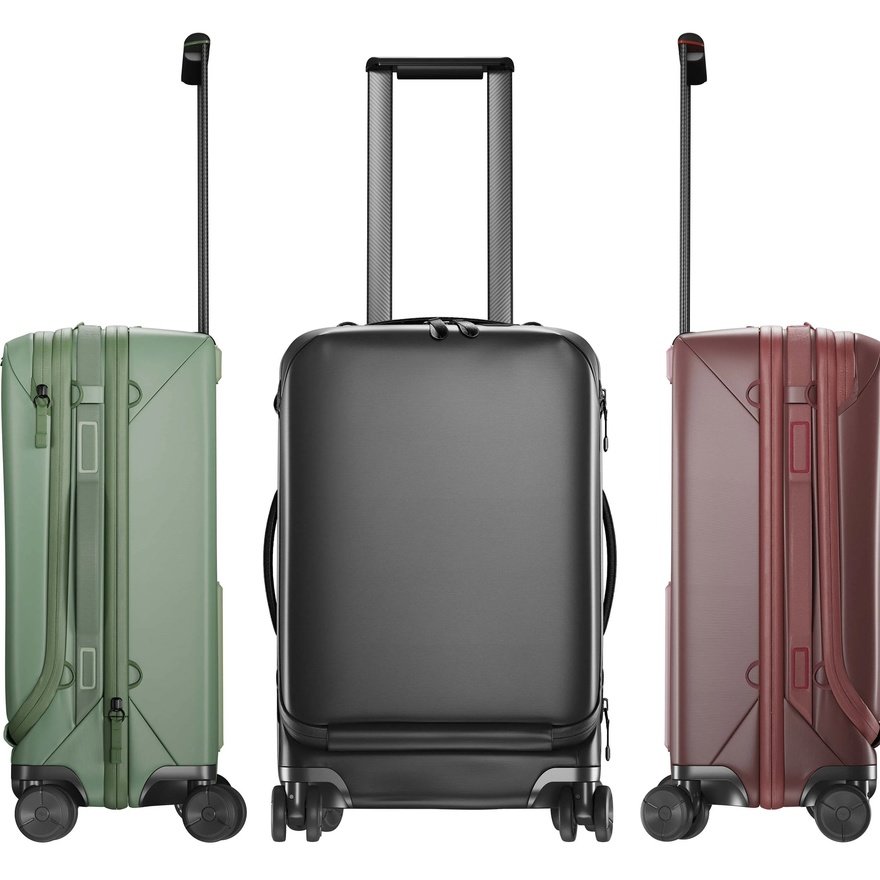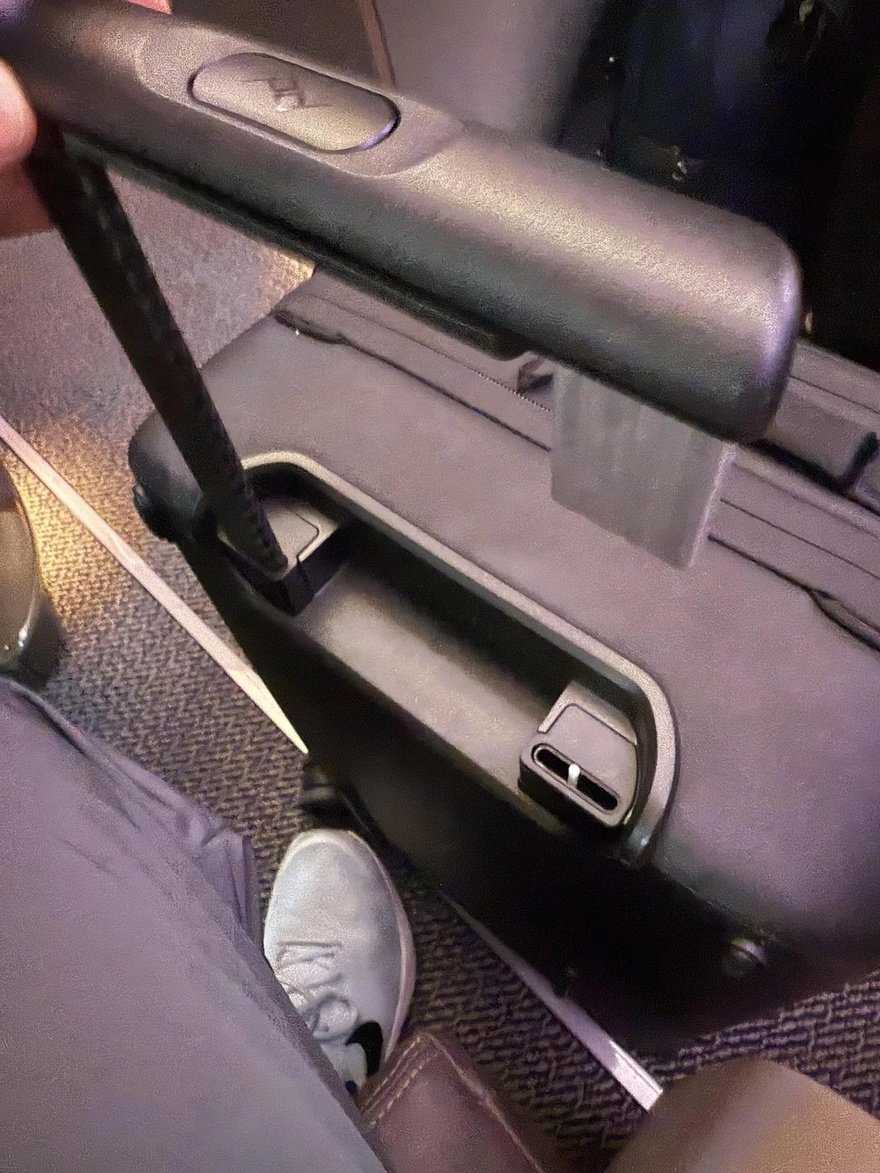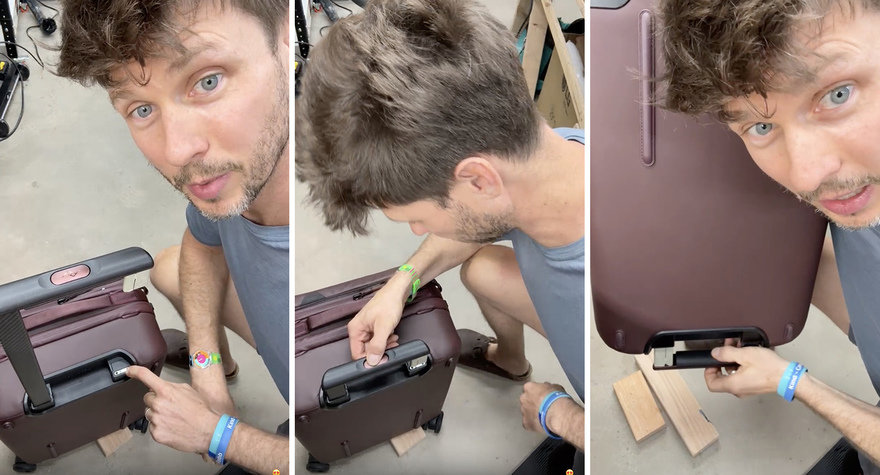The Best Way to Address Product Design Failure
Peak Design shows how to make things right
We live in an age of shitty product design and no customer support. Stuff breaks because it's poorly made, and then you have no recourse but to throw it into the trash, because it's unrepairable. If you try to get someone on the line, it's endless sub-menus before you finally get a live person overseas, who struggles with the language and has not been empowered by their bosses to actually solve your problem.
Here, however, we have a product design failure that was handled masterfully.
I think Peak Design, which designs and makes travel gear, is a great company. I own two of their bags and they've never let me down. They're also a B-Corp and an employee-owned company, which I like. I was excited to learn they'd expanded from bags into carry-on rollers, as I think there's a dearth of good design in that space, and I wrote about the launch of their Roller Pro (which I do not own).

Peak Design fans have started a subReddit where they review the company's products and post mods and hacks. Recently an owner of their new Roller Pro posted this:

"Took my bag out of the overhead compartment on the first flight segment to find the handle no longer attached to the carbon fiber tube. Has been used for a total of 12 days travel. I could live with the squeak/fart noises but this is going to make things very difficult."
And all of us have had something like this happen to us. What happens next? You try to call the company, and can't get through. Or you do get through, and get the run-around. E-mails go unanswered. You try to fix it yourself, but you can't. You throw the thing out.
However, it appears Peak Design monitors this subReddit, and they responded immediately. Within two hours of the post above going live, Robb Jankura, the company's Principal Design Engineer, made a video to the customer--not just apologizing, but trying to help the customer improvise a fix.

Jankura recognizes that the customer has been inconvenienced on the road, is taking ownership of the problem, and is trying to make it right. I recommend clicking the link and watching the video before it disappears. In it, Jankura attempts to duplicate the problem, explains how the mechanism works, and suggests temporary fixes using commonly-available items.
"Within 2 hours of posting," writes the customer, "one of their design engineers sent me a field repair guide video explaining how the parts work and what to keep an eye out for when I do a temporary repair. And of course, made plans to replace it as soon as I'm back."
Now, why did the bag fail so quickly? Maybe it's a design flaw. Maybe it's a manufacturing defect. Things go wrong. And when they do, you usually have no recourse. The easiest thing for the company to do is ignore your post and continue clocking profits. Instead, Peak Design owned the problem, took responsibility, reached out to the customer unprompted and tried to solve the problem (as well as guaranteeing a replacement).
I'm guessing Jankura is now studying the problem and taking steps to remedy the design. Obviously 12 days is an unacceptable window for product failure. I expect to get 12 years or more out of my Peak Design products. If I don't, I'll reach out—and I like knowing that someone on the other end of the line gives a damn, stands behind their product and will try to help.
-
o2Favorite This
-
Q1Comment
K
{Welcome
Create a Core77 Account
Already have an account? Sign In
By creating a Core77 account you confirm that you accept the Terms of Use
K
Reset Password
Please enter your email and we will send an email to reset your password.


Comments
I absolutely love this. And, as a product designer, I never realized how valuable a 4 minute quickly produced video could be to the end user. We often make instruction manuals that we try to make as general/universal as possible (and as slick as possible). But this has me thinking that maybe a quick and dirty video would be even more valuable to our customers.